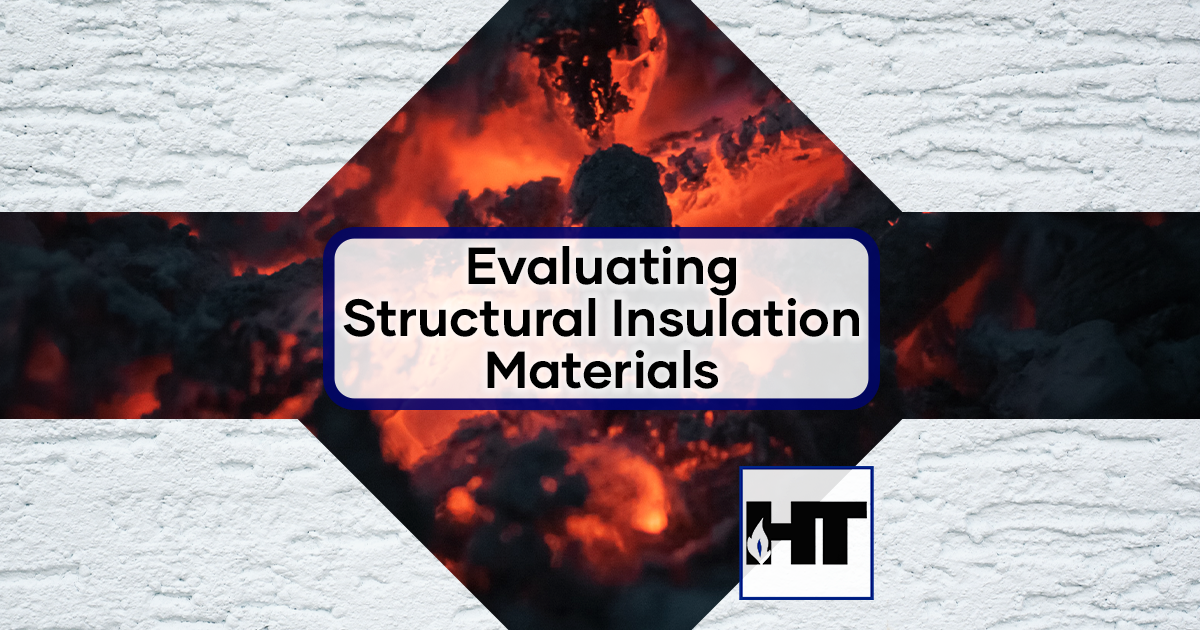4 Factors For Selecting Structural Insulation Materials
Structural insulation combines heat resistance, thermal conductivity, and strength (bend as well as compressive) in applications such as heat processing, fire protection, and electrical resistance.
Engineering teams at original equipment manufacturing companies are frequently faced with challenges of reducing heat transfer between objects within ovens, glass, furnaces, and ceramics while tool makers require tremendous strength and holding heat for long periods of time in molds.
One of the most common questions that engineers inquire about from insulation fabricators and manufacturers relates to material recommendations for a specific operating temperature. However, it is important to mention that there are various other factors that will impact the decision on which structural insulation is right for your application in addition to heat resistance.
Below we discuss these other factors that will impact the right insulation for your application.
You can click the heading on each property for a link to more information.
The specialty insulation materials included in this article provide low thermal conductivity, which can assist with reducing or energy consumption resulting in energy savings. One of the measures of electrical resistance is referred to as dielectric strength. Dielectric strength is the electrical strength of an insulating material and is measured as the maximum voltage required to produce a dielectric breakdown through a material. The higher the dielectric strength the better an electric insulator the material is. Below is a listing of common insulation materials from strongest to weakest in terms of volts per mil (Vpm).
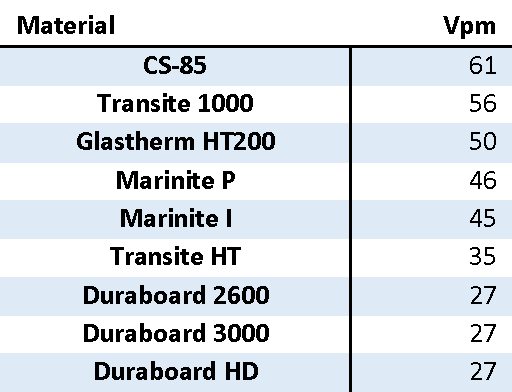
A key factor in selecting the right insulating material for your application is balancing the insulating value with the bend strength required. One of the strength metrics is Modulus of Rupture of Flexural Strength. It is often measured in Pounds per Square Inch (“lb/in2” or “PSI”). The greater the PSI, the stronger the material. Below is a list of common insulation materials in terms of strongest or weakest based on lb/in2.
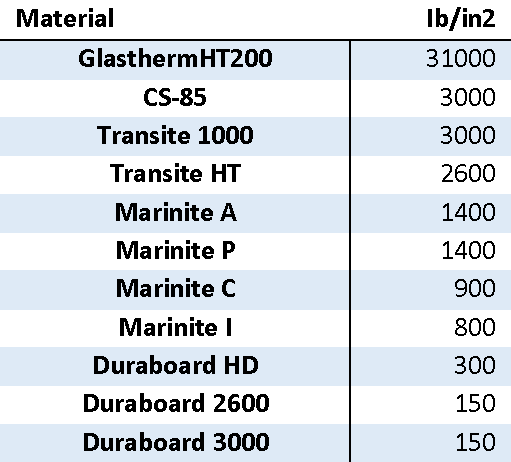
One other strength metric is compressive strength. It is the capacity of a material or structure to withstand a load. It is often measured in Pounds per Square Inch (“lb/in2” or “PSI”). The greater the PSI, the stronger the material. Below is a list of common insulation materials in terms of strongest or weakest based on lb/in2 at 5% deformation.
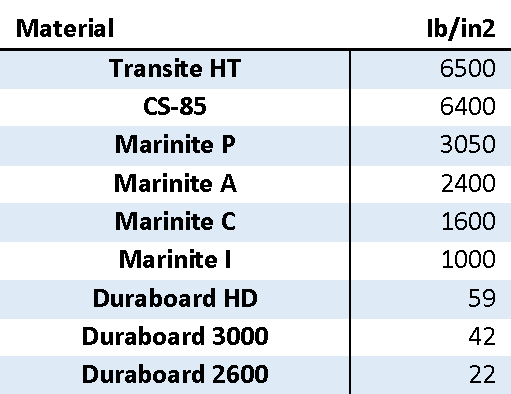
4. Price Point
This is also a key factor when as procurement and finance personnel evaluate the cost of insulating materials. Below is a listing of common insulating materials from most to least expensive per square foot.
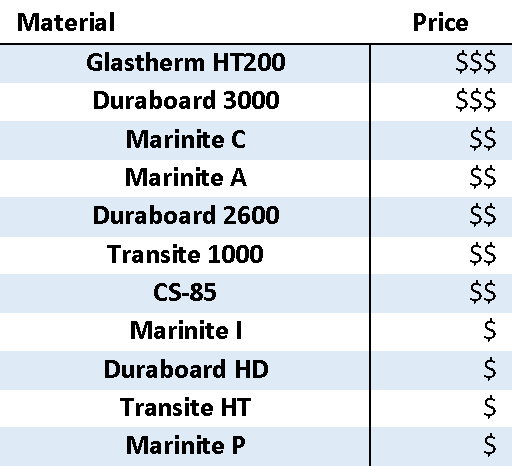
Data are average results of tests conducted under standard procedures and are subject to variation. Results should not be used for specification purposes.
Please note that there are several other factors that impact the assessment of the right material for your industrial application. Criteria such as color, machinability (including consistency of manufacturing) as well as screw holding strength should also be evaluated.
Although we did not cover all those potential factors, we hope that you now have a better idea of what material might be a good fit for the needs of your application.
For our other articles on this topic:
If you have any questions, feel free to send us an inquiry online or call us at 1-800-234-3033 to talk to one of our application specialists.

